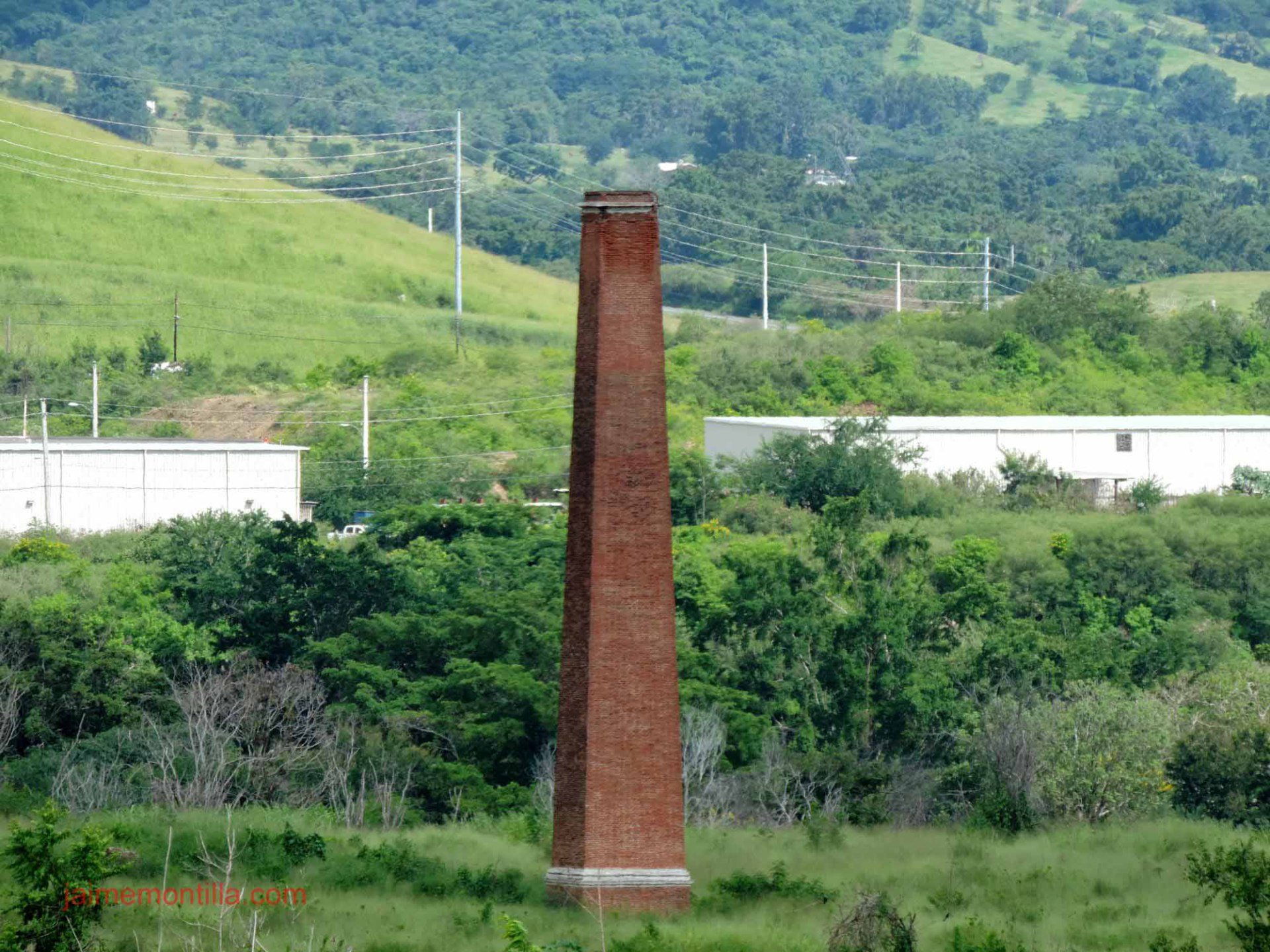
Hacienda Carmen - Coamo
José Picó-Pomar (1820-1905) was one of four siblings (Francisco, Rafael, Cristobal) from Manacor in the Balearic Island of Mallorca, who arrived in Puerto Rico sometime during the 1830s and established residence in Coamo. He married three times, in 1849 he married Felicia Palou of Coamo, in 1855 he married Teresa Gallard Delfaus of Catalonia and later he married Emilia Conner Moret of Guayama with whom he had four children, his only descendants.
The residence at the corner of Ignacio Quintón and Mario Braschi streets pictured below was built in 1840 and was included in the National Register of Historic Places in 1988. It is generally reported as built for José Picó-Pomar which is doubtful since in 1840 Picó Pomar was only twenty years old and recently arrived in Puerto Rico. The document registering the property in the National Register of Historic Places states it was built “for the wealthy merchant from Mallorca Don José Pomar”. It is very likely that José Pomar was a relative of Picó-Pomar who, as was usual in those days, requested younger family members from Spain come and help in their businesses. Upon Pomar’s death the property was most likely inherited by Pico Pomar.
Clotilde Santiago Rivera (1826-1909) was a wealthy land owner, businessman and a member of the "Diputación Provincial" or the equivalent to a Governor appointed secretary or advisor. He married Teresa Rivera Rivera and had ten children. Among them was Florencio Santiago Rivera (1856-1925), Mayor of Coamo at the time of the US Occupation, who commissioned Antonin Nechodoma the design of a summer home in Aibonito documented in the architecture section herein. Another of his children, daughter Rosenda Santiago Rivera married Pablo Cot Cot (1867-1927), they too commissioned Nechodoma the design of their residence in Coamo also documented in the architecture section herein.
In the 1860's Picó-Pomar owned the house at Ignacio Quintón and Mario Braschi streets, Hacienda Carmen and Ingenio Soledad in Coamo. In 1863 Clotilde acquired some of Picó's properties including his residence and Hacienda Carmen. In 1873 Spanish immigrant from Pamplona Engineer Raimundo Camprubí Escudero (1846-1924) supervised an expansion which under Clotilde's ownership was an active import-export center with store and storage space at the ground level and residence quarters above. During the Spanish-American War the house was occupied by Spanish Army Lt. Col. Rafael Martínez Illescas who was killed in the conflict, and later by U.S. General James Harrison Wilson (1837-1925).
When Clotilde acquired Hacienda Carmen in 1863 it had a blood driven mill. In 1878 he installed a steam driven mill making it the largest sugar factory and one of the first mechanized in the Coamo region. According to José Mari Mut when it closed in 1912 Hacienda Carmen was the largest sugar estate in Coamo. The wooden barrels used to pack muscovado sugar were manufactured on premises, they were transported on a daily basis from the hacienda to Clotilde's business on the ground level of his residence where the sugar was marketed.
Clotilde's sons had plans to establish a Central sugar mill in Coamo but the sugar crisis of 1912-13, in part due to issues with US sugar tariffs, derailed the project. The March 16, 1912 edition of the Louisiana Planter and Sugar Manufacturer reports that: "Still another small proposition has come up within the last week, which is a similar plant to the above to be established at Coamo on the lands of Santiago Hermanos, who are very large landowners and at present operate a small factory of their own, grinding their own cane and making the final molasses into alcohol. Their plant is, however, quite a small one and very much out of date, there being none of the later improvements such as multiple crushing, triple effect nor crystalizers." The "similar plant to the above" reference was to a proposition by the Cidra Sugar Co. for a plant near Caguas.
Hacienda Carmen operated until 1912, three years after Clotilde's death. As evidenced by the plaque on the house, Clotilde was the most prominent citizen in Coamo during the second half of the 1800's. Until the early 2000s its land was used to grow Mangoes and Avocados for export.


